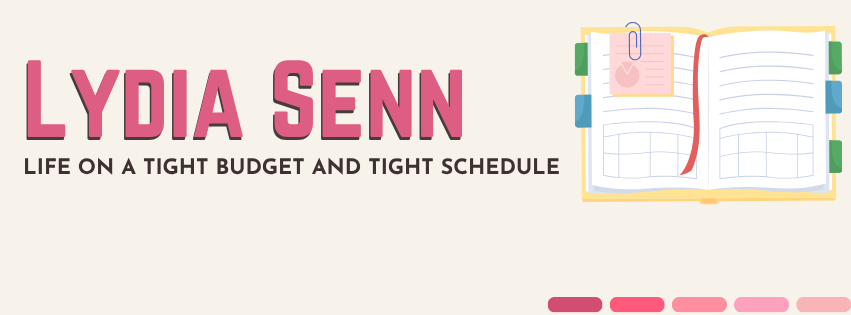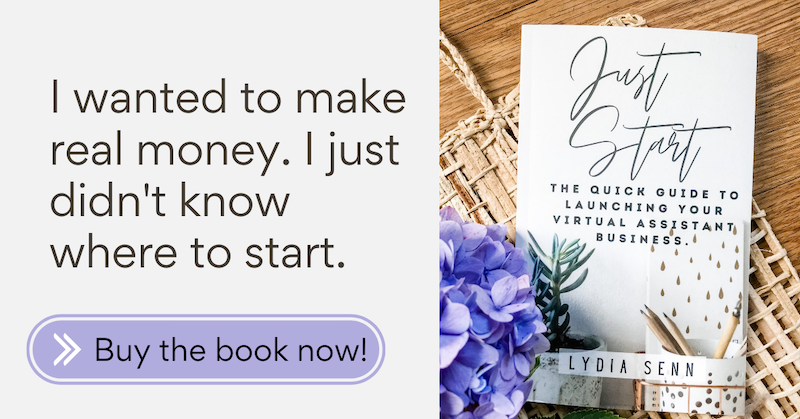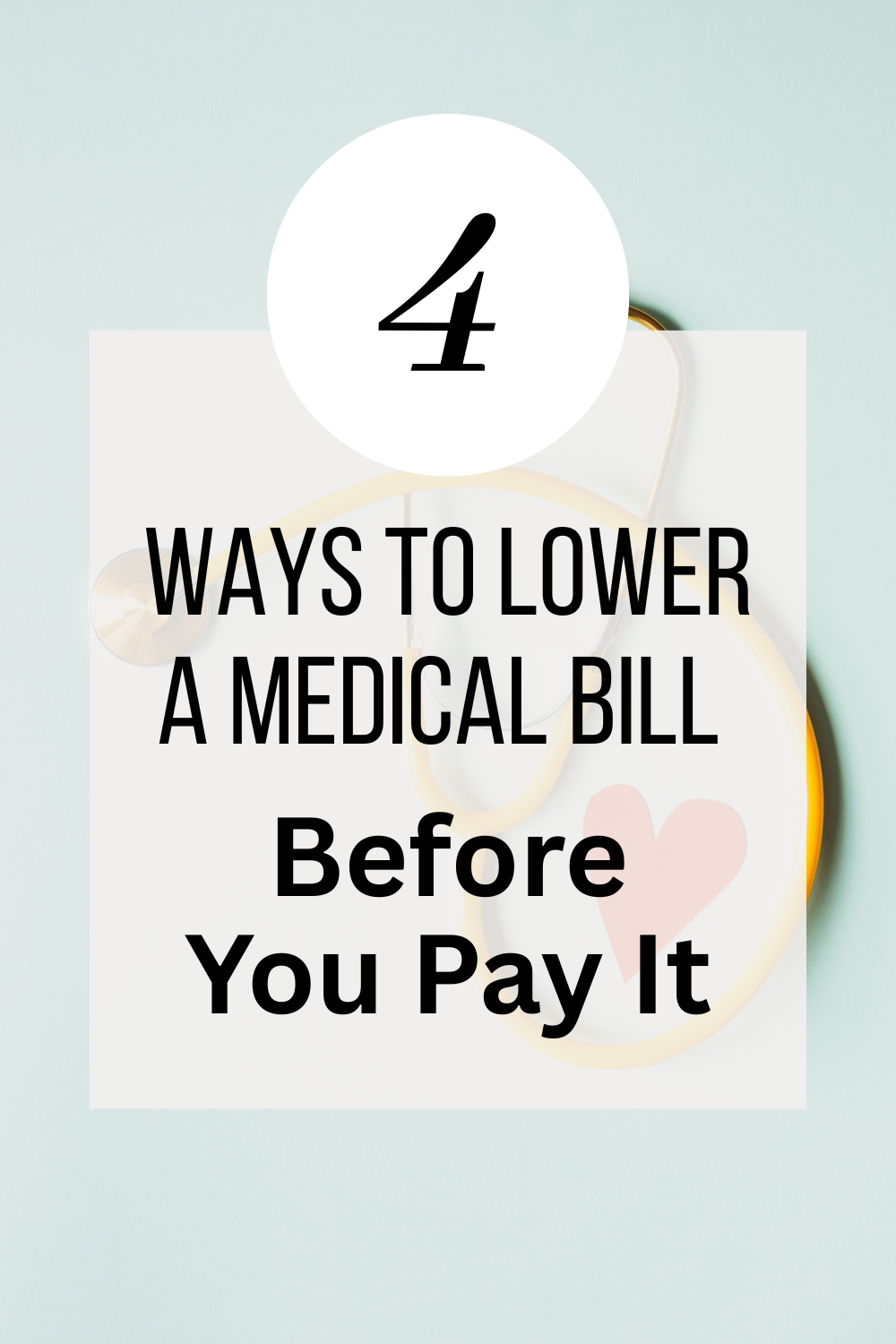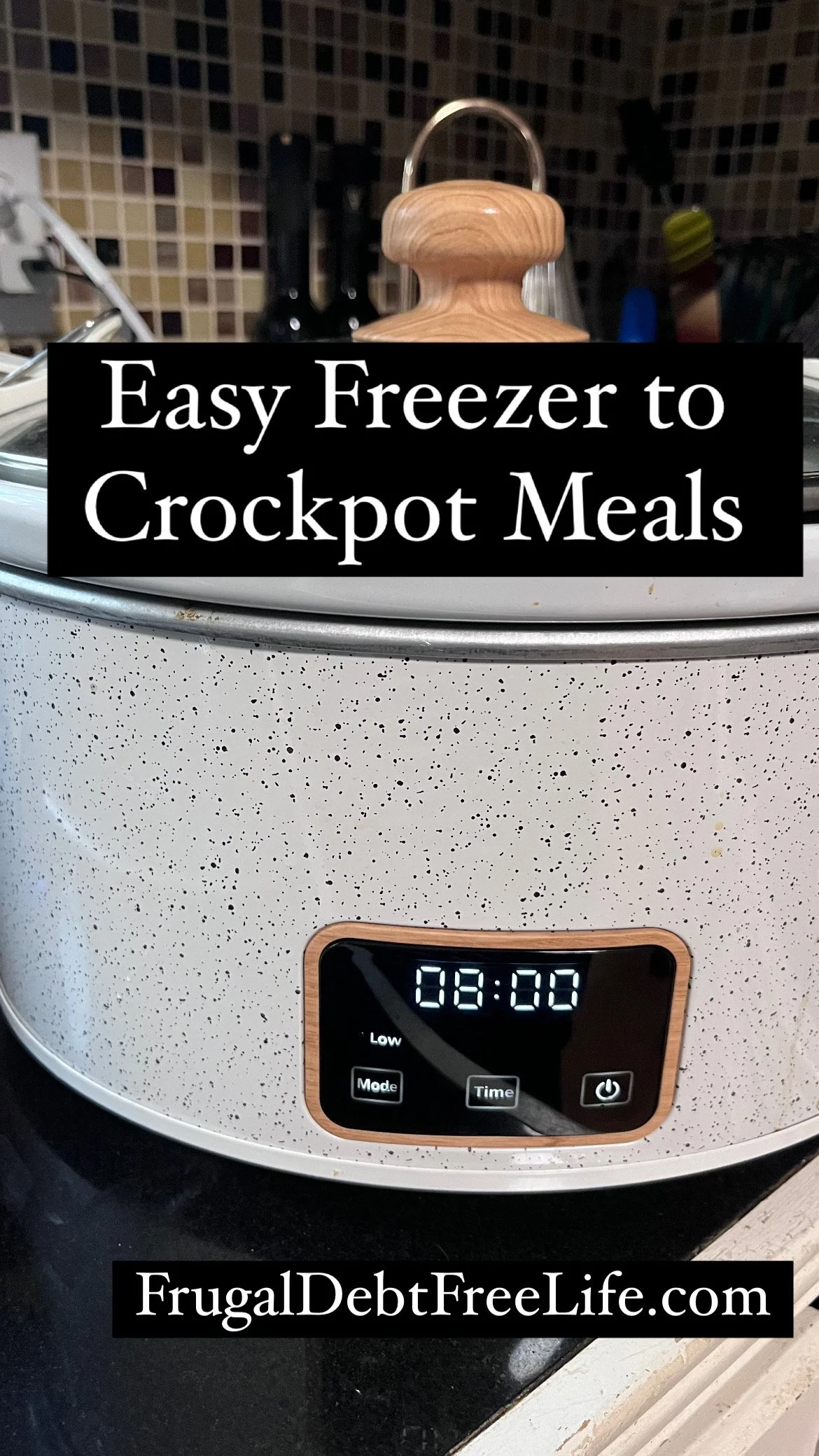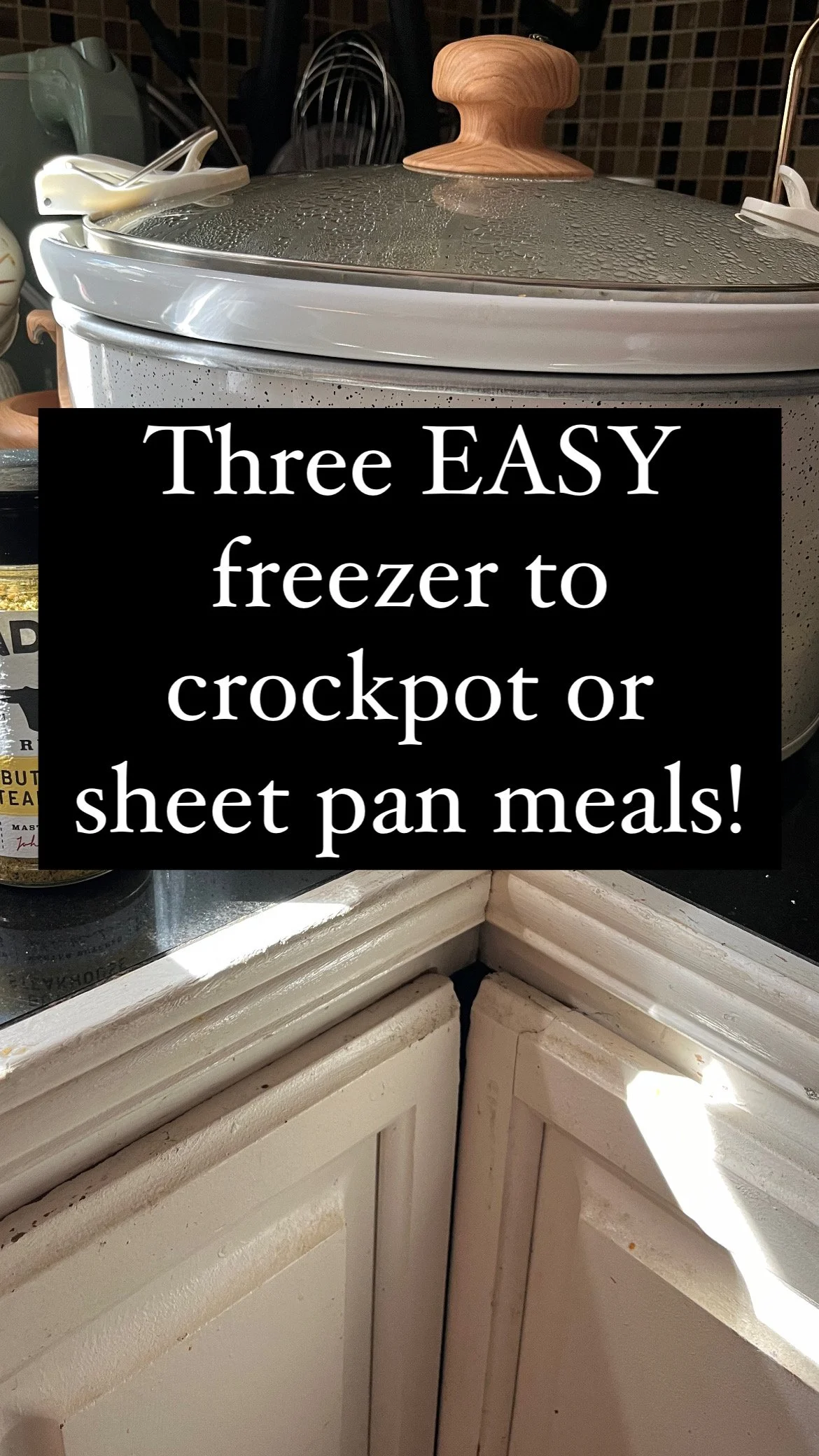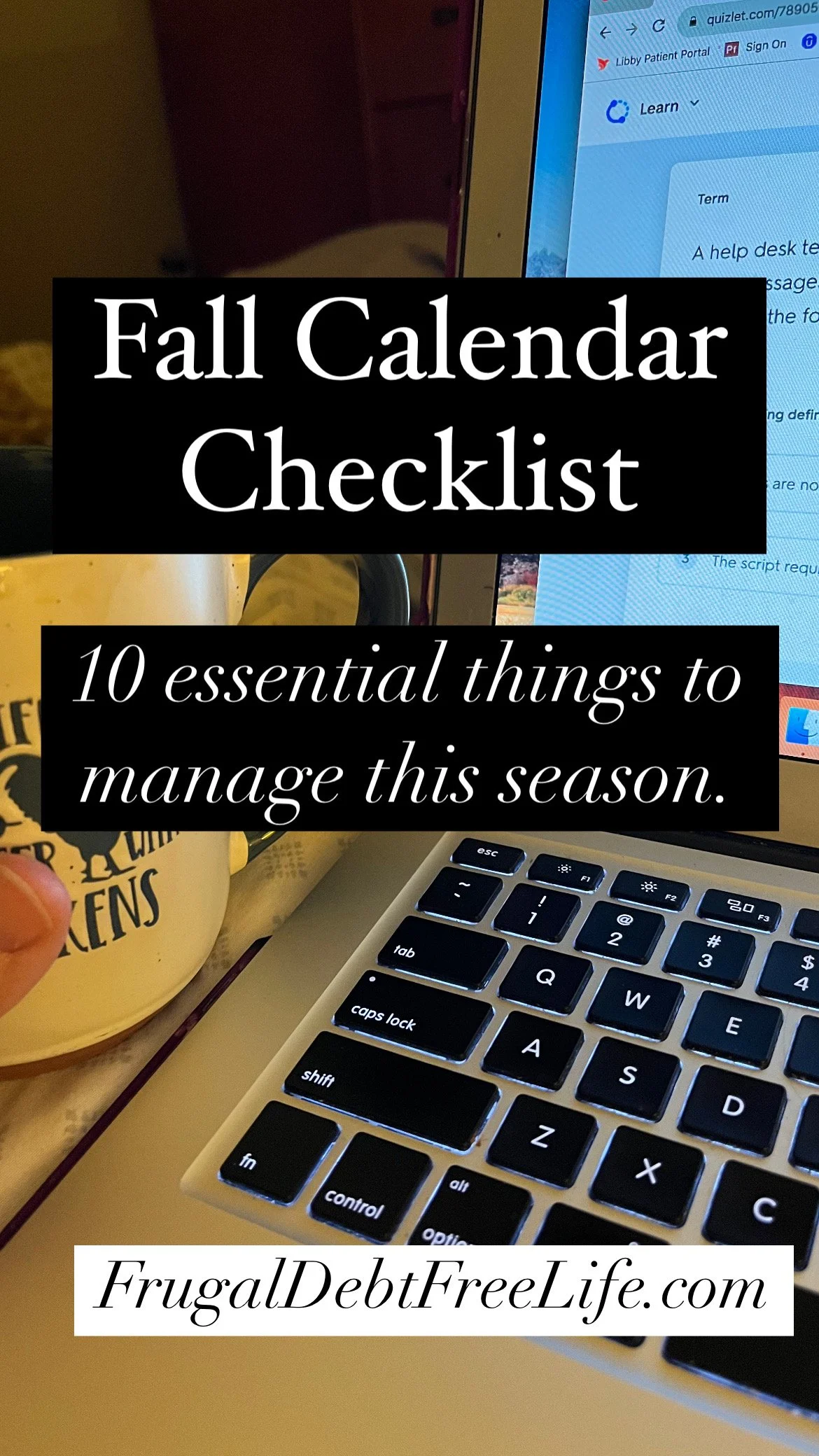How to make better goals and achieve them (free printable)
So what is the goal pyramid? It’s a way to funnel tasks to help you achieve your big long-term goals.
I’m pretty honest about how disorganized I am. That’s why I have to be really intentional with my goals. Years ago my mentor told me about the goal pyramid and I was HOOKED.
This is such a simple way to stay on top of your goals and stay connected with what matters.
So what is the goal pyramid? It’s a way to funnel tasks to help you achieve your big long-term goals.
Get this goal pyramid planner sheet free! Click here.
Here is how to build a goal pyramid.
Start at the top.
Yes, a real pyramid would be built form the bottom up, but with goals we start at the top. The top point of your pyramid is your long-term goal. The BIG thing you want to accomplish.
So for example when I wanted to start my podcast that was my goal “launch podcast.” And I dated it. I wanted it out by the spring of 2019. It launched in May.
You’re beginning with the end in mind.
Move to supporting goals.
What big tasks need to be accomplished to support your main goal? These are called intermediate goals.
Remember, the work you do in the middle matters. It’s the middle portion of whatever it is you’re working toward that has a HUGE impact.
The middle work never feels glamorous, we want to skip ahead to the big stuff. But that’s now how success works. If you want to achieve your goal you must focus on the middle work with intention.
So write down the important tasks you need to do to achieve that middle stuff. These are your technical components of your goal.
This may be researching things you need to complete your goal, making purchases, scheduling appointments. Basically you need to make a list of everything you need to do to achieve this goal and list it in your intermediate tasks.
Each week/month/day you choose an activity off that list and work on it.
Short-range goals
A short-range goal is something you can accomplish rather quickly. Maybe it’s taking a course to learn a new skill that will ultimately support the life you want. Maybe it’s creating a dedicated work space, or honing a new routine. Whatever it is, it will have a positive impact on your long-range ultimate goal.
Remember a short-range goals is something that can be completed rather quickly, so a year or less.
Daily tasks
The mundane daily things we do absolutely support our big goals. Think about people who run marathons. They don’t just show up the day of the race and start running. They train daily.
It’s important to exercise our goal muscles. Having a good morning routine where you start your day with a clean space might be vital for giving yourself a decluttered creative place to work.
Having a meal plan means allowing yourself the mental space to make decisions that support your goal. Having good daily routines in place give you the peace to know life will run smoothly (or relatively so) while you work toward that big goal.
There you have it. The goal pyramid. It’s not as fancy or complicated as it sounds.
What do you do to support your goals? Leave me a comment and tell me.
Do what you can with what you have
Do you ever feel like you started too late and you’ll never catch up?
Do you ever feel like you started too late and you’ll never catch up? That mindset will leave you feeling defeated. Instead of focusing on where you think you should be and wishing you started sooner, just take a small step. Do what you can with what you have.
My oldest son was born at the height of our financial disaster. In fact, while I was pregnant with him we signed the papers to short sell our house. But his birth (and the horrible wreck that happened when I was still pregnant) was the catalyst for us getting out of debt and choosing a slower and simpler life.
When he was born we didn’t have two pennies to rub together. Everything we had for him, his crib, his clothes, everything came second hand from my sister and my dear friend. My mom bought his car seat. It was the only new thing he had.
We moved when Ryals was six weeks old. Leaving behind my job, my friends and a lot of what I felt made my identity. It was hard. It was also the best decision we could have made. We chose to live life differently than we had in the past. We said no a lot. We socked away our pennies. We took long walks in the park. And we went to the free pier and we checked out movies from the library.
Jason and I got to know each other in a way we hadn’t in the first five years of our marriage because we were focused. When we focused on one area of our lives we saw so much clarity in other areas. .
We prayed out loud together. We read out loud and we worked to cultivate our marriage and refind each other as friends.
It was among the sweetest times in our life and as hard as the transition was I would do it over and over knowing what the outcome would be.
The point is we did what we could with what we had. And I challenge you to do the same thing. It doesn’t have to be perfect. It’s okay to move slow.
If you have an extra $25 this month, AWESOME. Put it in savings, throw it at debt, put it in your child’s college fund, add it to your IRA, stock up on toilet paper at a low price, stick it in a jar for Disney World, put it in an envelope for new tires. Do what you can with what you have. Celebrate that you’re still standing and walk on. .
